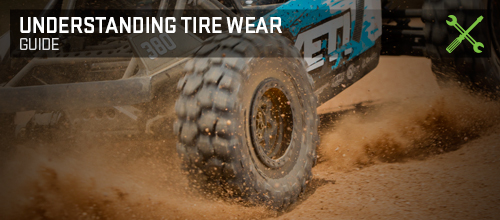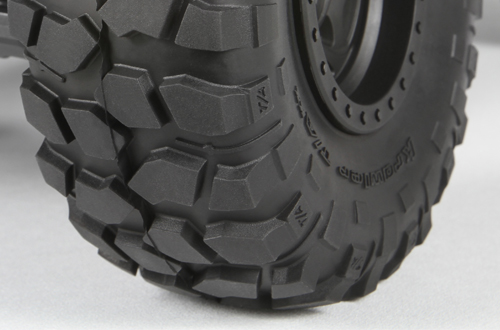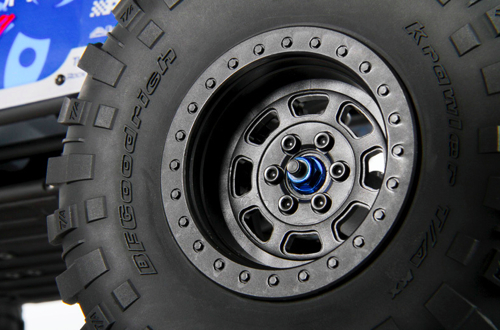Posted: 10/24/14

Tires are inarguably one of the most significant deciding factors when it comes to determining the real-world capability of a vehicle. Tires will make or break a RC vehicle. In the case of crawlers, where a lack of traction can lead to a nasty fall, tires can quite literally make or break a rig. You need the right tires, and to really get the most out of a set of tires you need to know when to replace them.

Most people think of reduced tread depth as the primary concern with tire wear. It may be important for your full-size car, but it is essentially a nonissue when it comes to RC applications such as rock crawling. The real issue at hand is rounded edges. When tires are new, the lugs have sharp edges that grab rocks and provide traction. Rounded edges will, in contrast, slip and spin.
Examine your tires closely and look at the forward edges of the lugs. If you look closely, you'll see how the edges get rounded. You also most likely notice the rear facing edges of each lug are relatively new looking in comparison.
Where all of this leads is to hopefully making you realize the value of rotating your RC tires. Rotating tires really works for getting the most out of a set. When a set of tires has been rotated and both sides of the lugs are rounded off, it's time to set the tires aside for practice and play and get a new set.

Another part of tire wear you need to understand is examining for tears and cuts. Tires come in different thicknesses Thinner carcasses are, as you'd expect, often easier to get tears and cuts in. The key to dealing with these puncture wounds is early detection. If you notice the damage before it gets too bad, you can actually fix the repair with CA glue. It's worth noting that some pretty long tears can be fixed, but have to be fixed in small sections at a time.